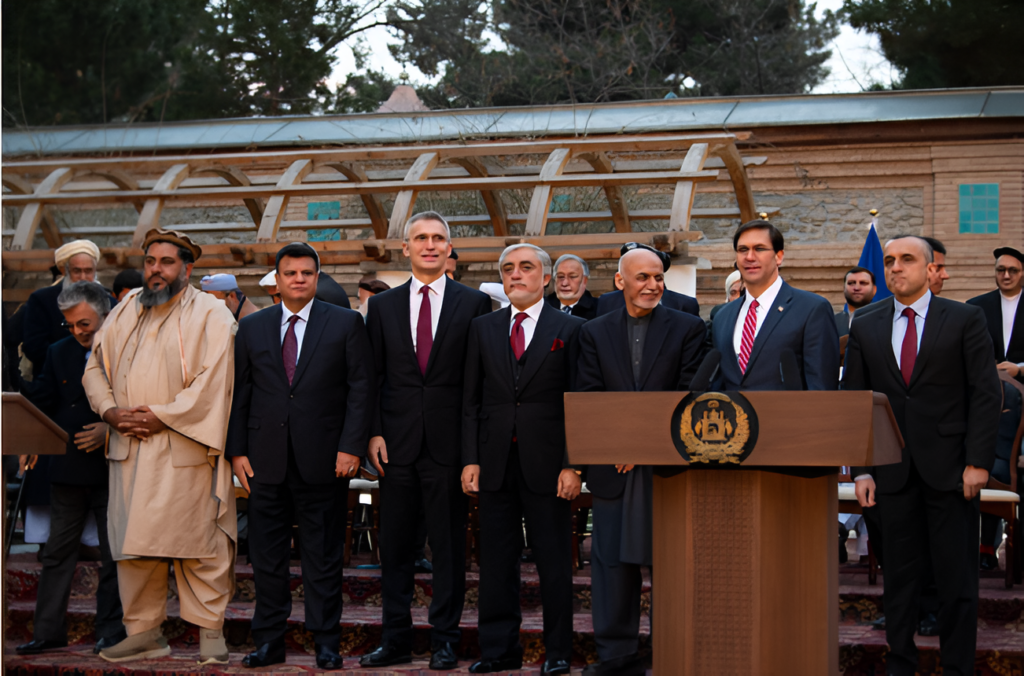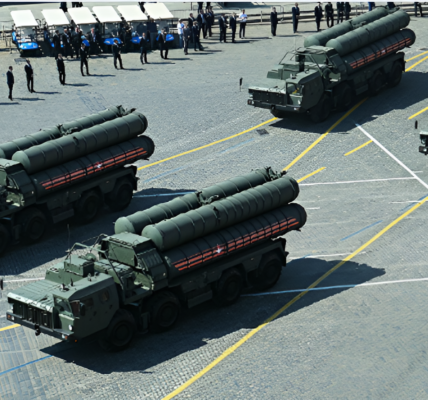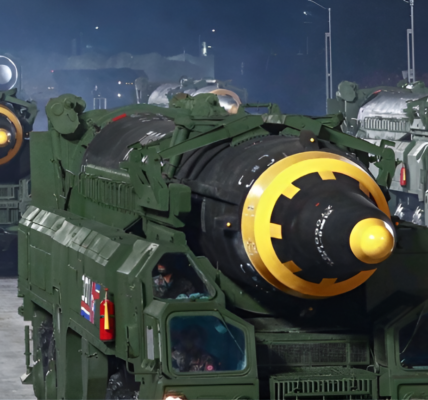
The peace agreement between the United States and the Taliban raises critical questions, chief among them: why did it take so long? Both sides knew a decisive victory was unattainable, and the framework for a negotiated settlement had been visible for years. Yet, the conflict persisted for nearly two decades, claiming thousands of lives. Afghanistan isn’t the first case where the U.S. hesitated to engage in peace talks. Similar opportunities were available during the Vietnam War, but both President Lyndon B. Johnson and South Vietnamese President Nguyen Van Thieu were reluctant to settle, fearing that compromise would undermine their positions.
Why do warring parties wait so long to initiate peace negotiations, and how can we expedite the process?
The tension between the desire to fight and the urge to negotiate is at the heart of Oriana Skylar Mastro’s timely new book, The Costs of Conversation: Obstacles to Peace Talks in Wartime. Mastro explores this dilemma through case studies from the Korean War, the Sino-Indian War, and the Vietnam War. These conflicts demonstrate the challenge decision-makers face: whether to continue fighting or seek peace. In wartime, negotiations are often viewed as a sign of weakness. Warring parties fear that signaling openness to talks will embolden their opponents to escalate the conflict. As a result, negotiations are typically pursued only after both sides have demonstrated enough power to assure themselves that escalation is unlikely.
Initially, many wars begin with a firm stance against negotiation. Nations expecting a clear victory often perceive talks as a tool to force surrender rather than reach a compromise. However, as wars drag on and the prospects of victory fade, this stance may soften. For instance, during the Korean War, China shifted from an outright rejection of talks to a more open position, eventually seeking an end to the conflict.
One strategy for overcoming the stigma of weakness associated with negotiations is to conduct back-channel talks—private discussions that avoid the public eye. By keeping talks clandestine, parties can work towards an agreement without facing pressure from domestic constituencies or public opinion. The Israeli-Palestinian negotiations in the 1990s, held secretly in Oslo, are a prime example of such diplomacy. Similarly, secret negotiations paved the way for the 2014 restoration of diplomatic relations between the U.S. and Cuba, despite decades of hostility.
Another form of covert diplomacy involves private discussions between heads of state. In 1964, for instance, President Lyndon B. Johnson privately warned Turkey that it would lose U.S. military support if it invaded Cyprus, thereby preventing further escalation. However, sometimes such diplomatic efforts only delay the inevitable, as seen in Cyprus in 1974 when Turkey eventually invaded despite the threats.
Mastro’s case studies reveal how numerous factors—ranging from miscalculations about the costs of war to psychological biases—impact the decision to negotiate. For example, do military leaders, bureaucrats, and politicians view the costs of war differently? What biases shape their attitudes toward negotiation? Future research could delve into these questions by examining archives and psychological experiments to better understand how decision-makers perceive the risks of negotiation.
Mastro’s insights aren’t confined to interstate wars. Civil wars and internal conflicts have become increasingly frequent and severe over the last fifty years. The U.S. has not formally declared war since 1941 but has frequently found itself involved in conflicts as an external participant. In these cases, the U.S. can act as a third-party mediator, facilitating talks even while fighting continues.
One of the key takeaways from The Costs of Conversation is that third-party mediators, such as the U.S., can help mitigate the strategic costs of talks. Mastro suggests that major powers initiate negotiations early in a conflict, helping to shorten its duration. This advice holds merit, but it overlooks the complexities of conflicts where the U.S. itself is directly involved. In such cases, the U.S. might be reluctant to propose talks, as doing so could be perceived as capitulation.
Nevertheless, there are instances where the U.S. can offer its good offices without risking its credibility. In conflicts where the U.S. has a lower stake, it can serve as a mediator by using back channels or facilitating discussions through go-betweens. Additionally, the U.S. can offer incentives to warring parties, such as military or intelligence support, to encourage negotiations.
In today’s digital age, secret diplomacy faces new challenges. The 24-hour news cycle and social media can make it difficult to keep negotiations hidden, while the spread of disinformation adds another layer of complexity. Misinformation can exacerbate conflicts, and disinformation campaigns could hinder peace efforts. The U.S. and its allies must develop strategies to counter such challenges, using technological tools to identify and address misinformation early on.
As the U.S. steps back from its role as the sole superpower, regional powers and international institutions like the United Nations may play an increasingly important role in mediation efforts. By investing in diplomatic and technological skills, these organizations can help bring warring parties to the table from the outset, potentially preventing conflicts from escalating and shortening their duration.
Ultimately, the lesson is clear: the sooner peace talks begin, the sooner wars can end. Diplomacy, even in its most covert forms, can be a powerful tool for conflict resolution. By embracing back-channel negotiations and leveraging third-party mediation, global powers can create pathways to peace even in the most entrenched conflicts.




